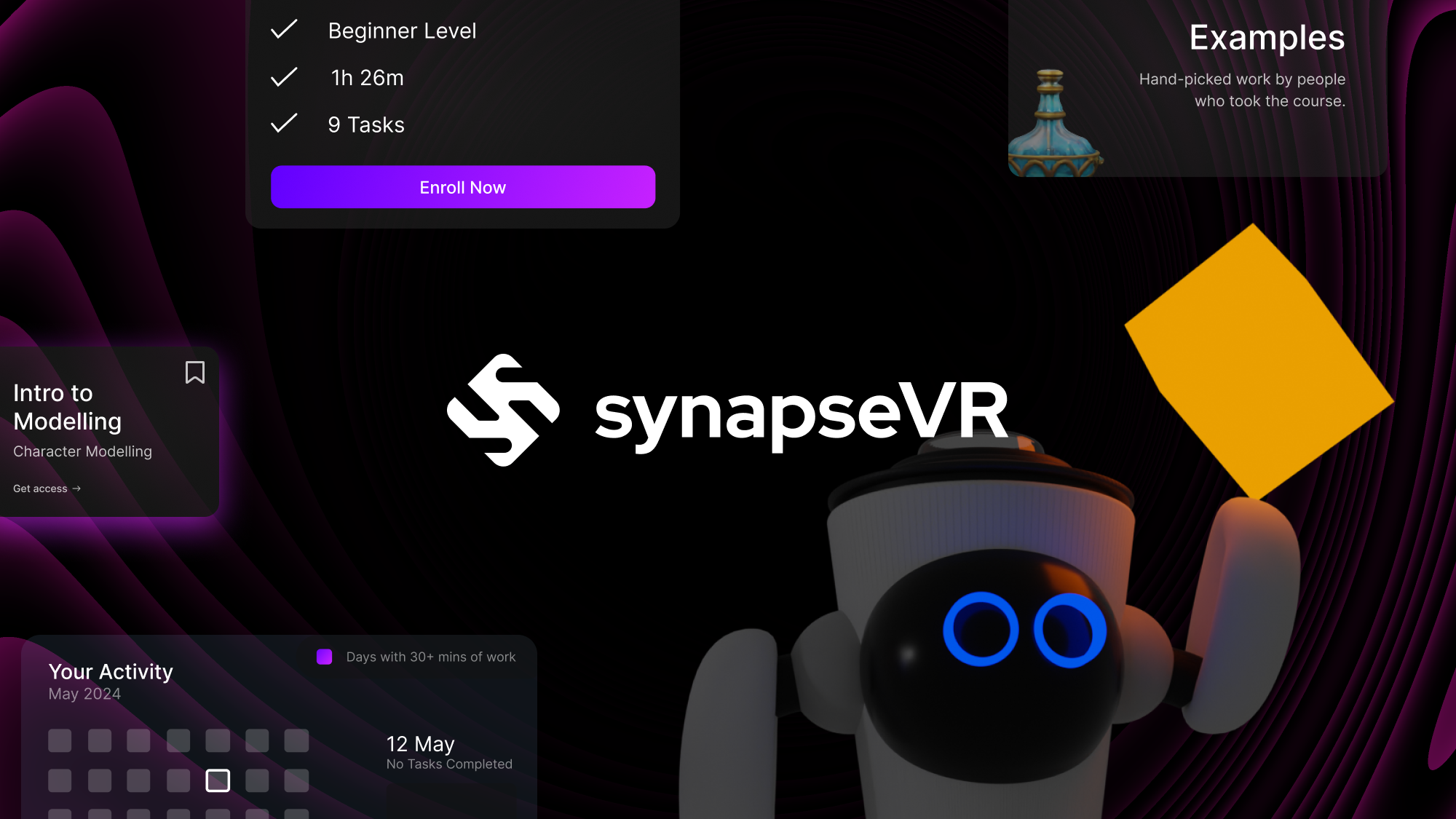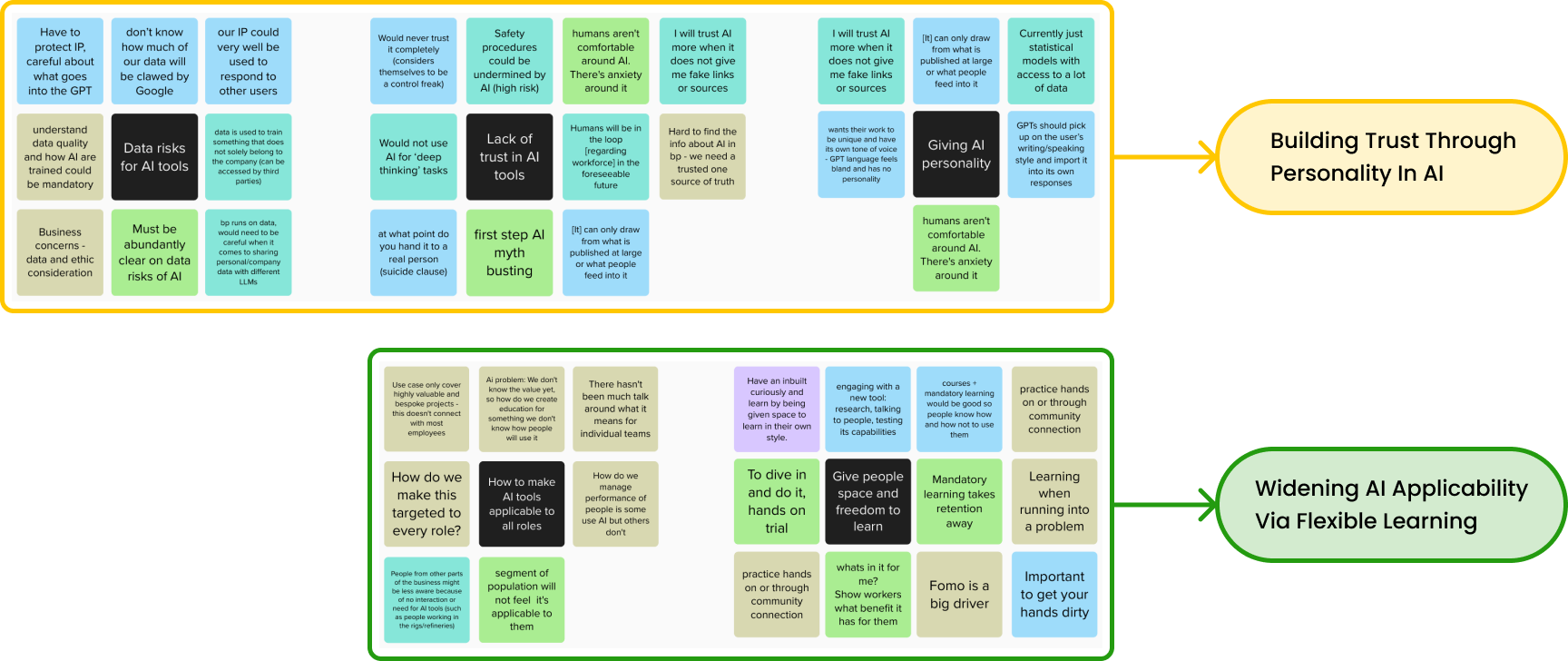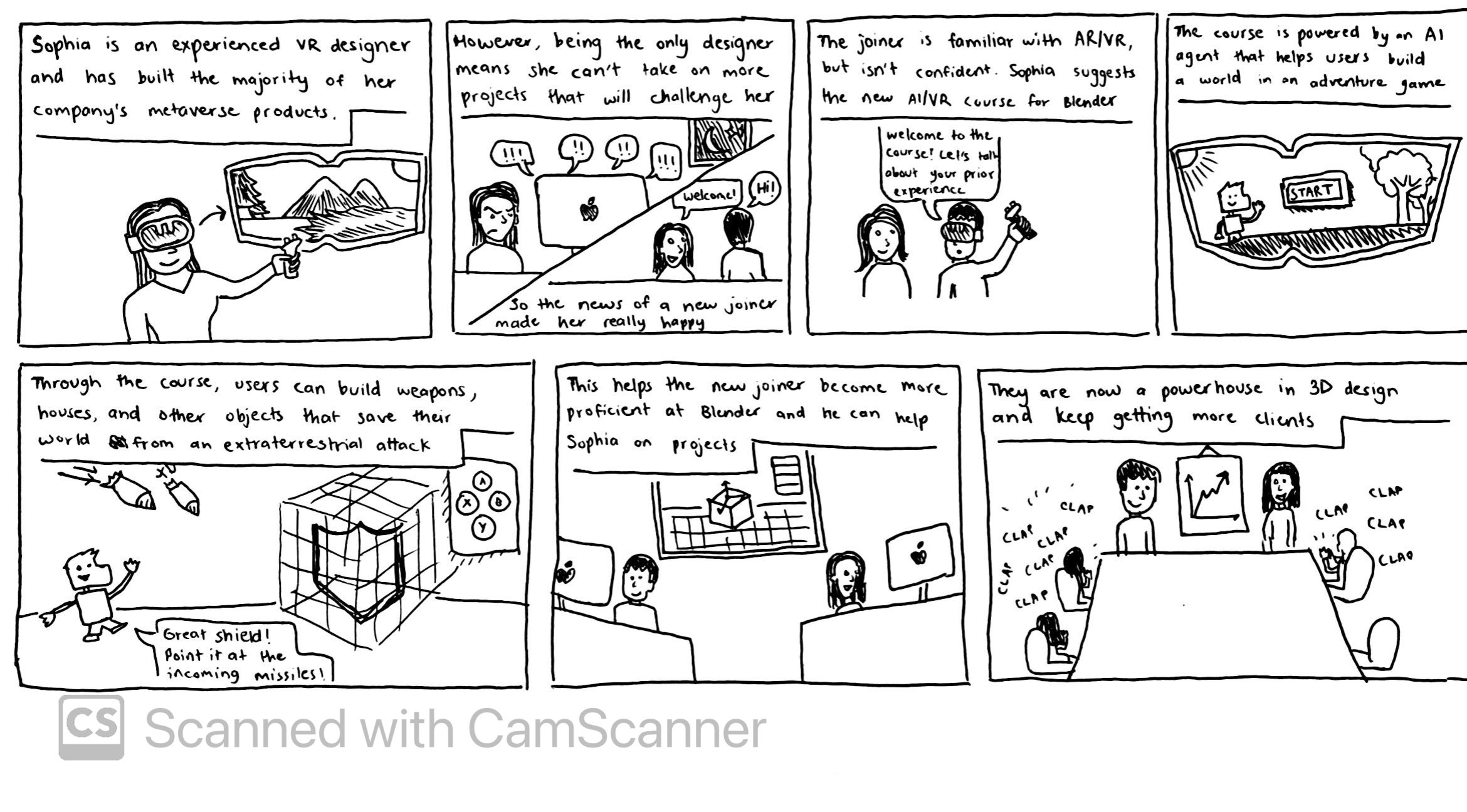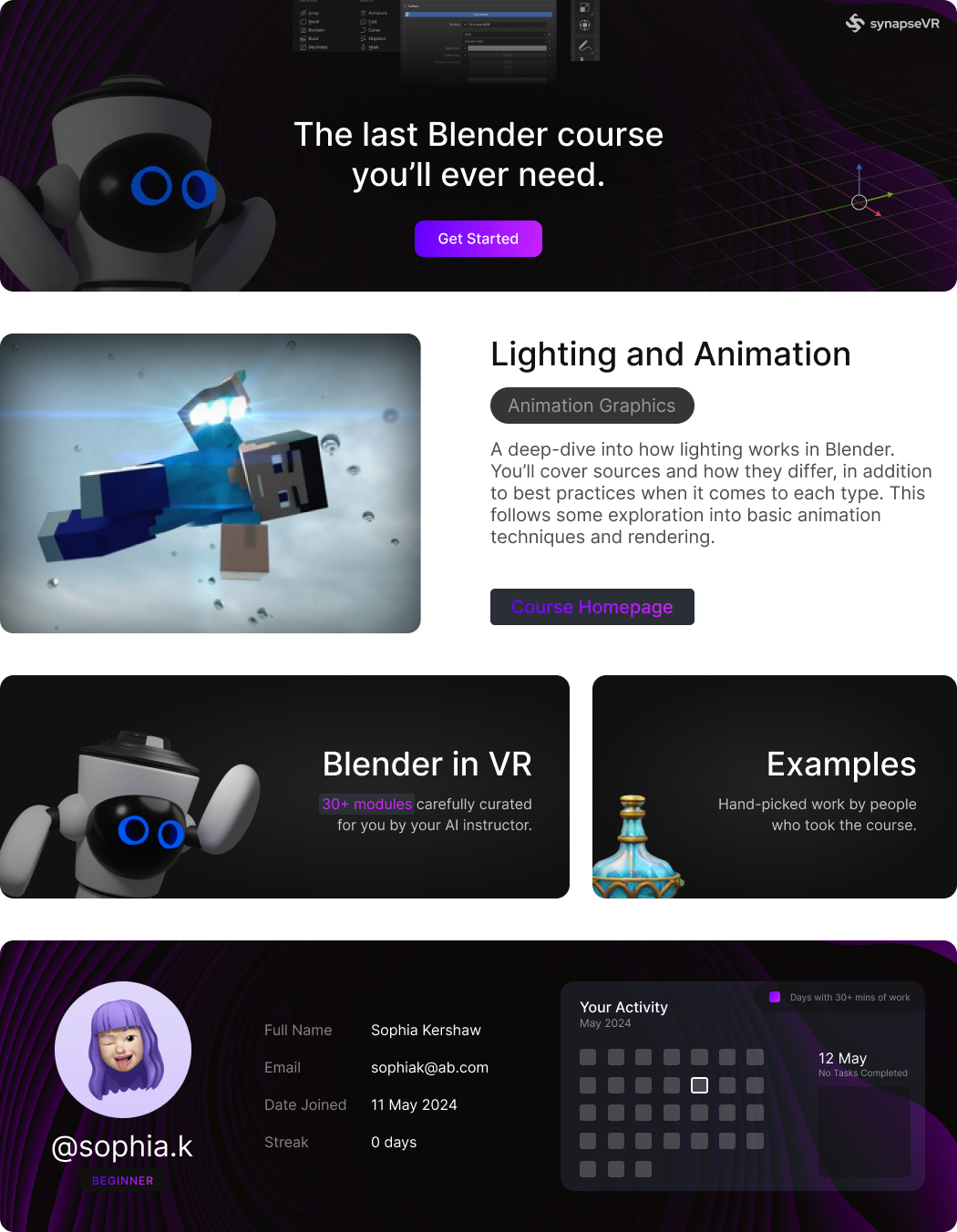
At bp, one of my project teams was working in the virtual reality space. As a software engineer, I needed to expand my programming abilities to the realm of three dimensions; specifically, Blender and Unity. The familiar interfaces of 2D software gave way to complex 3D navigation, unfamiliar terminology, and a whole new way of thinking spatially. It was like learning a new language, with a steep learning curve.
I attempted to conquer this hurdle by diving deep into the available online resources - YouTube videos, online courses, and blogposts. While these were valuable and ultimately did help me reach my goal, they also shared a common limitation: they were also inherently two-dimensional.
With the advent of augmented reality (AR) and virtual reality (VR), I thought about exploring AI e-learning technologies that could bridge the gap between theory and practical applications of 3D design education.
The key to this solution lay in understanding users’ attitudes towards e-learning platforms and their own learning habits. Interviews were conducted with the primary objective of understanding people’s perceptions, needs, and concerns around using AI tools for the purpose of upskilling and development.

Determining the root causes behind the insights collected from users was crucial for the creation of a problem statement. To ensure that this statement matched the initial focus on learning opportunities in the 3D development and design space, it was targeted towards engineers and designers who wanted to expand their skill set into such tools:

